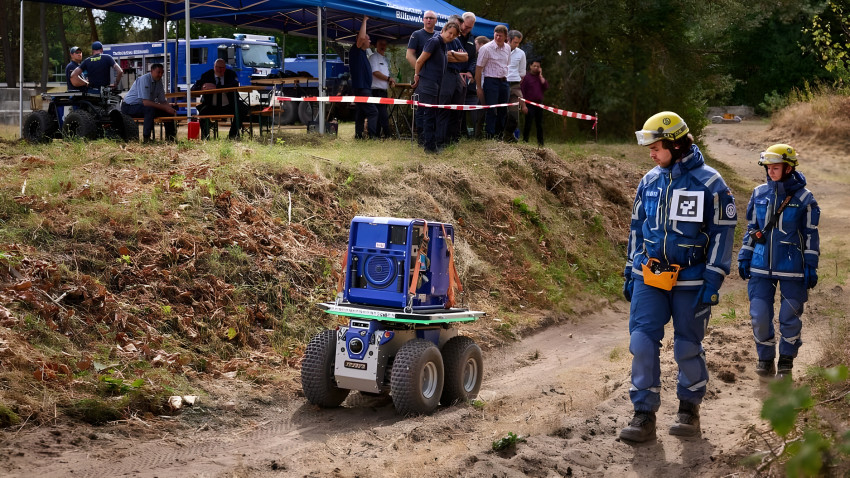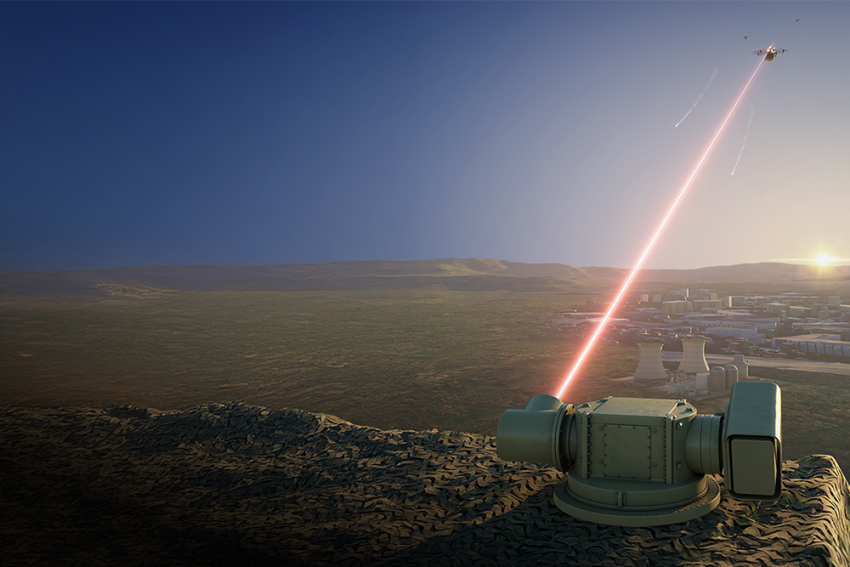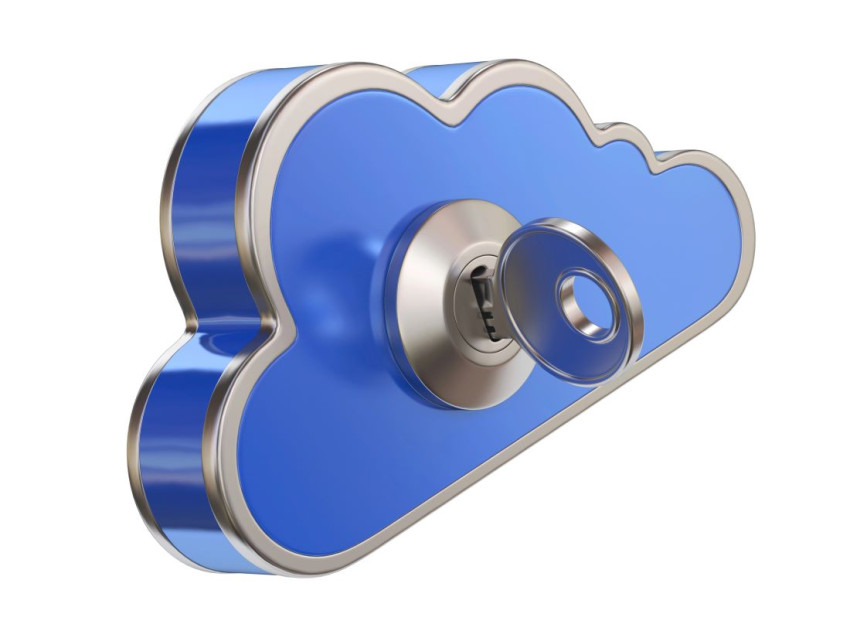
Netherlands working on defence against quantum computers
Two Dutch research institutes, the CWI and TNO, are working together with European partners on computer security that is resistant to quantum computers. They are hoping to find a new way of encrypting data within four years.
The European researchers plan to implement the new security method in four areas: anonymous personal data, a safe method of contact-free payment, a quantum-safe system for digital voting and finally a safe manner of sharing threat information. The whole thing will have to show that the new method is better than the present-day encryption technology. That is based on large prime numbers, and there is an algorithm for quantum computers that makes the technology useless. Using the Shor algorithm, a calculation that would take thousands of years on a conventional computer suddenly becomes a breeze.
Lattices
The mathematicians and computer scientists are investigating one of the many possible security methods that is resistant to quantum computers: Cryptography based on lattices. Lattices are fields containing a number of points at a fixed distance from one another. Each point can be described as a vector. Mathematicians had previously already discovered that it is very difficult to determine the closest lattice point from a random location in the lattice. And that becomes really difficult in a lattice of larger dimensions that can only be described mathematically.
Cryptographers are now using this phenomenon to find a new manner of encrypting reports. If your report is a point in the lattice, you can encrypt it by moving your point slightly away from that point. The new position that is then created is your encrypted report. If you know exactly how far it is away from your original report, and in which direction, then it is child’s play to recover the original report. But if you don’t have that information, then it is very difficult to compute.
‘Suffice it to say that this calculation seems to be a problem even for quantum computers,’ says Thijs Veugen, mathematician at TNO and one of the members of the consortium that the participants call PROMETHEUS. ‘In other words: It has not been possible to date to crack a lattice cypher using a quantum algorithm. And it is assumed that this won’t happen.’ At the moment, this is only a (strong) assumption because a powerful quantum computer does not yet exist. ‘But for the encryption method known today using prime numbers, there has never been any hard proof that conventional computers can crack the code. It has simply not yet happened, even after decades of trying. And there is a good chance that this will also apply to quantum computers and lattice encryption.’
UNCLEAR
Although the basis of the new security is known, there are still a huge number of questions to be answered by PROMETHEUS. ‘It is unclear, for example, when this technology will be really safe,’ says Veugen. ‘How many dimensions does your lattice need to have? And how large or small does the distance between the point in the lattice (your message) and the encrypted point in the lattice have to be for good security?’
In any case, Veugen believes that they are in good time. Although small quantum computers are now coming onto the scene (including one from the Dutch QuTech, see: 'Quantum computer is coming’), they are still far from being powerful enough to crack the traditional data security. ‘That will take a few more decades. And our project is scheduled for 4 years, by which time we will hopefully have a suitable alternative security.’
PROMETHEUS is a collaborative effort of groups across Europe, including the Netherlands, Spain and Israel, who are working on the project under the name of Horizon 2020. But it is not the only joint research trying to develop an antidote to the quantum computer (see: 'New weapon against quantum crackers'). ‘We hope that our method will become the standard in future in the field of cryptography. But it is a competitive world. The battle for standardisation started at the end of last year, and now numerous parties are coming along and claiming to have found a quantum-proof encryption method.’
If you found this article interesting, subscribe for free to our weekly newsletter!
Photo: Tecnomovida Caracas







